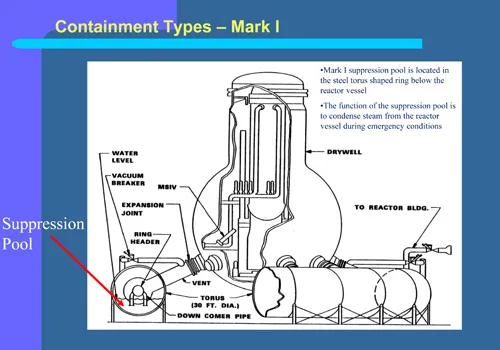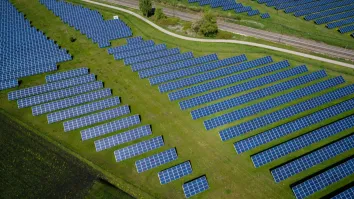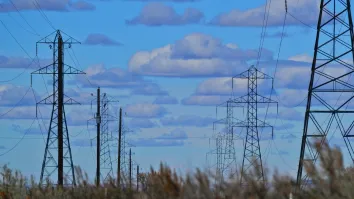
GE defends containment system at Fukushima plant
GE defended its Mark I containment system at the Fukushima Daiichi Power Plant against safety issues raised against it.
As to he claim that Mark I reactor is less “physically robust” than competing pressurized water reactors, General Electric pointed out that the Mark I meets all regulatory requirements and has performed well for over 40 years.
"Differences in the primary containment systems used in different reactor designs – including differences in size of the containment vessel — are largely a function of the different operating characteristics of those designs. For example, GE’s containment systems utilize pressure suppression technology, where a pool of water is available to condense steam in the event of an accident and reduce the pressures on the containment vessel. Units are built to withstand predicted peak containment pressures based upon their design under accident guidelines," GE argued.
The company also addressed the claim that the Mark I should have been discontinued, based on a statement made in 1972 by Stephen Hanauer, an Atomic Energy Commission official, who said that its smaller containment design was more susceptible to explosion and rupture from a buildup of hydrogen.
GE pointed out that in 1980 the NRC advised that it had given careful consideration to concerns raised by Mr. Hanauer’s 1972 memorandum about the Mark I and that “the staff, including Dr. Hanauer, has concluded that the pressure suppression concept for containment design is safe.”
GE also emphasized that because of the pressure suppression capability designed into the Mark I, they are able to have a smaller containment design. This is not done to merely make it cheaper and easier to build. The pressure suppression technology enables the Mark I to reduce the pressure in the containment vessel by condensing steam in the suppression pool. Safety, GE noted, remained is its top priority, and the Mark I design met all NRC design criteria.
GE added that the Mark I containment designs were modified in the 1980’s to address improvements in the technology and changing regulatory requirements. All of these changes required by regulatory authorities have been implemented. The changes resulted from operational experience and improvements in technology and had nothing to do with lawsuits
"We believe it is too early to know specifically what has happened in each of the reactors at Fukushima Daiichi. We are committed to participating in the search for the facts. However, we can address the 40 year history of the technology and its performance to date," GE stated.



















 Advertise
Advertise






